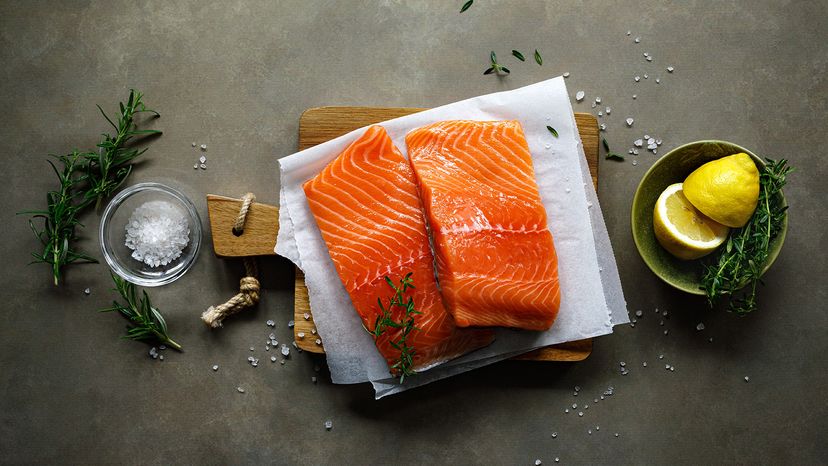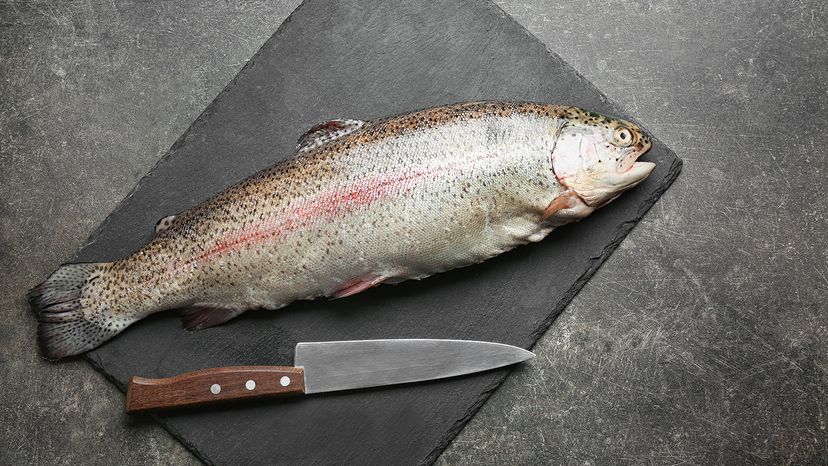
Steelhead trout and salmon are both flavorful, nutritious fish popular in kitchens and restaurants across the world. But when diving into steelhead trout vs. salmon comparisons, there are some key differences in species, taste, nutritional content, and life cycle that set them apart.
Both fish are members of the Salmonidae family and are considered anadromous fish, meaning they migrate between saltwater and freshwater environments during their life cycle. Still, steelhead and salmon are different species with distinct habits and flavor profiles.
Advertisement

